Szydłowiec County
8.44

Overview
Szydłowiec County, located in the Masovian Voivodeship, was reestablished in 1999 and has a fascinating history dating back to the 16th century when Mikołaj Radziwiłł established the County of Szydłowiec. Despite administrative changes, the county has retained its unique character, blending cultural and natural elements of the region. Its main seat is the town of Szydłowiec, which features a historic urban complex including monumental structures such as the parish church, town hall, and castle, as well as a characteristic medieval street layout.
The county boasts numerous tourist attractions, including the Center of Polish Sculpture in Orońsko—a 19th-century palace and park complex associated with Józef Brandt. Notable heritage sites include churches, a Jewish cemetery (kirkut), and numerous quarries that reflect the area’s rich natural and historical legacy. The local economy is driven by industry, agriculture, trade, and services, with tourism playing a significant role, especially in the municipalities of Szydłowiec and Chlewiska.
The region also features sites of memory related to World War II and the January Uprising. The landscape is diverse, ranging from gently rolling terrain and the hills of the Garb Gielniowski to forests and nature reserves. The growing tourist infrastructure, including cycling and hiking trails, allows visitors to explore the area’s charms.
An interesting fact is that Szydłowiec County has one of the highest unemployment rates in Poland, which contrasts with its tourism and architectural potential. The region experiences a moderate climate, with an average annual temperature of around 7°C, influencing both agricultural and tourism opportunities. All these aspects make Szydłowiec County a unique place where historical heritage meets natural beauty.
Location
State
Masovian Voivodeship
Country
You can also find here:

Museum of Folk Musical Instruments in Szydłowiec
8.11
Szydłowiec
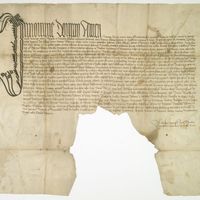
Szydłowiec
7.18

Szydłowiec
7.16

Town Hall in Szydłowiec
6.78
Szydłowiec
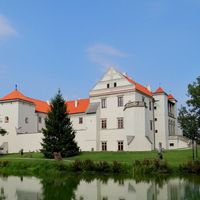
Szydłowiec Castle
6.76
Szydłowiec
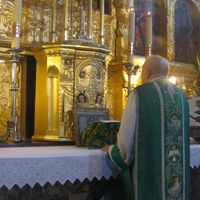
St. Zygmunt's Parish in Szydłowiec
6.73
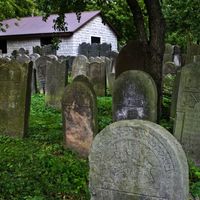
Jewish cemetery in Szydłowiec
6.71
Szydłowiec
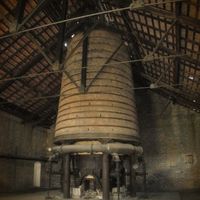
The Museum of Metallurgy and Machinery Industry in Chlewiska
6.6

Garbarska Synagogue in Szydłowiec
6.57
Szydłowiec
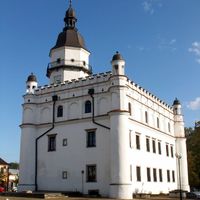
Henryk Sienkiewicz Comprehensive School Complex in Szydłowiec
6.43
Szydłowiec
2025 Wizytor | All Rights Reserved